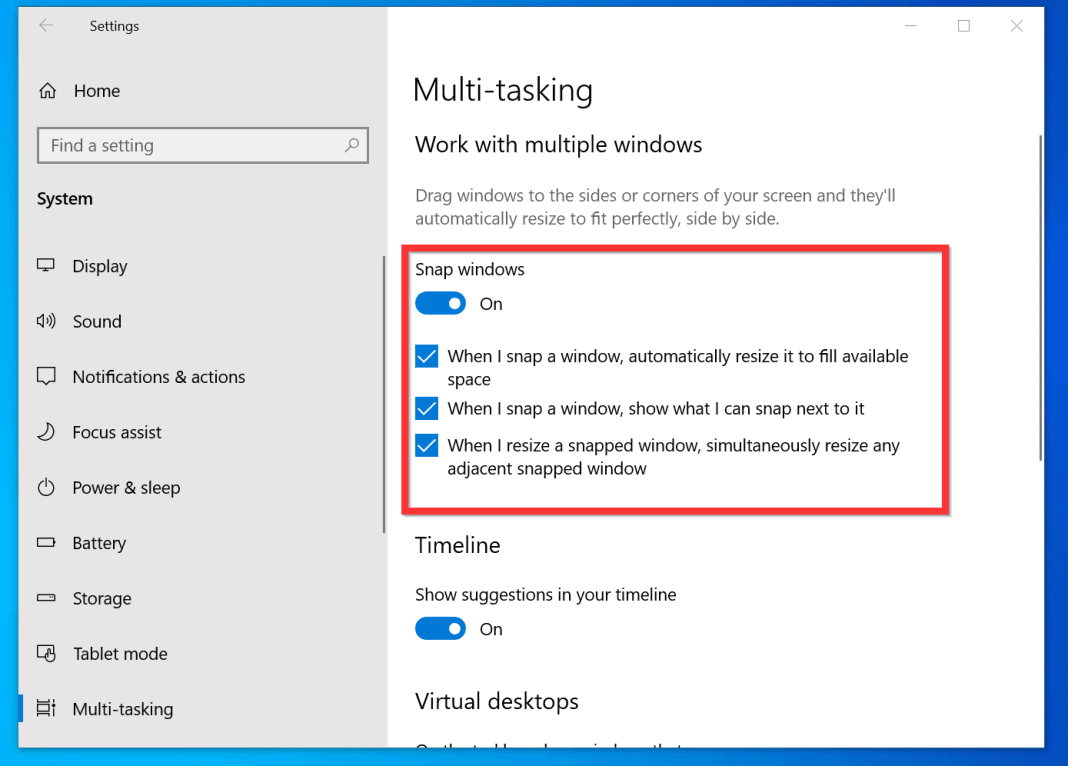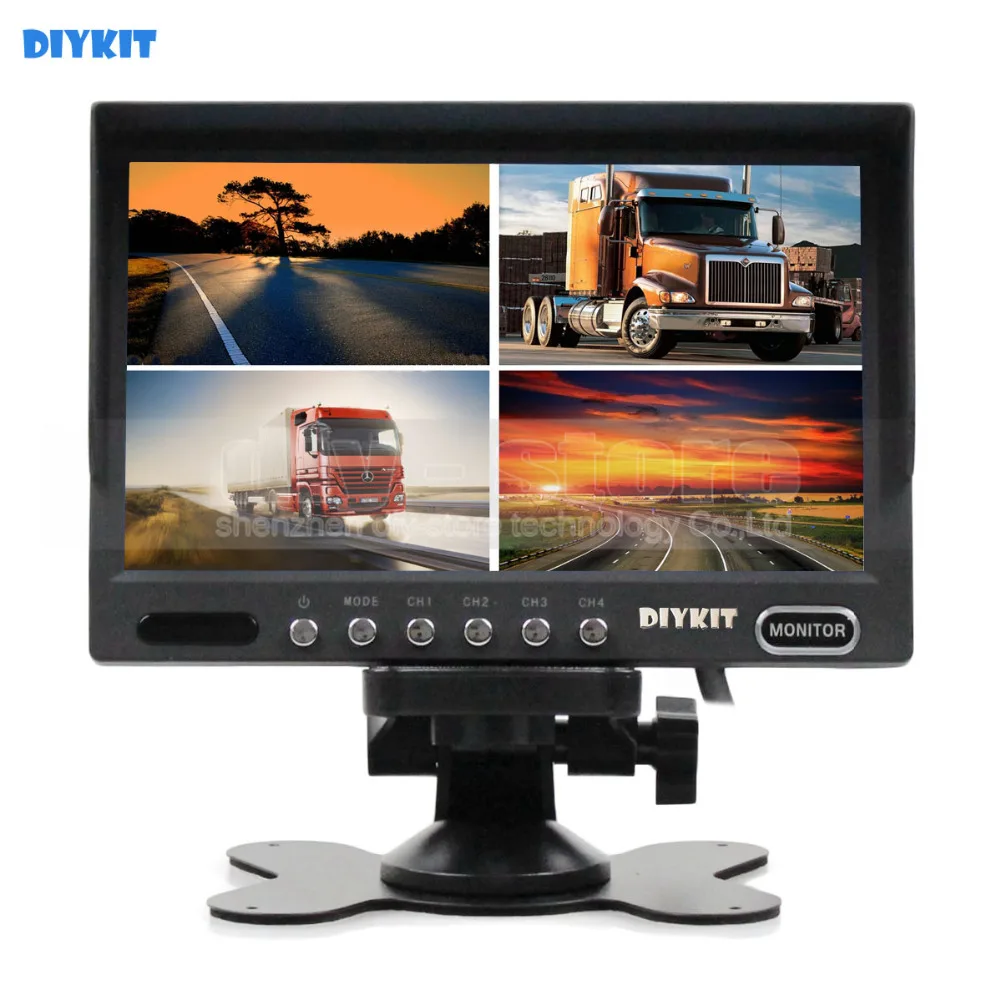

Guitarists and singers will more often than not want their own sound up front so that they can ensure everything is in tune. Bass players will usually want more drums – particularly kick and snare – to lock into and keep everything tight. Drummers, for example, might want a click track to take prominence in their mix, but for a singer this probably won’t be necessary or desirable. However, with multiple mics and speakers, it’s a recurring challenge.Īnother thing to bear in mind is that different performers will have different requirements. To combat it, engineers will avoid placing speakers and microphones too close together, and ensure that one isn’t pointing at the other.

With monitor mixes pumping audio back towards the stage and, therefore, the microphones, this creates a conundrum. This is caused when a mic captures the output of a speaker and then feeds that sound back into the speaker, creating an eternal loop. No two venues/artists/engineers are the same, and there are other hurdles to overcome, too. (Image credit: Fender/Shure/Westone/Mackie)Īre they any good? Find out with our guide choosing the best budget in-ear monitors (opens in new tab)Ĭreating a good onstage monitor mix is not always that simple, though. Sounds simple, right? Potential monitor mix issues The mixer receives the audio and distributes versions of it both to the audience and the band itself. Customised IEMs, such as the Westone models, go a step further by creating impressions of your ear canal, which can significantly block out external audio.Īnd that’s pretty much it. IEMs are essentially specialised earphones that block out ambient noise and provide isolation from the rest of the sound created onstage.

Monitor speakers are often angled (hence the name ‘wedges’) so that they can sit at the front or side of the stage, directing sound at the performers without obscuring the view of the audience. Once the audio signal is being routed correctly, it will be played back through either specialist monitor speakers or IEMs – sometimes both. While the faders on the mixer will control the levels being put out to the audience, the aux bus will take a pre-fader signal and feed it to the stage monitoring system. This duplicates the output signal and sends it to a separate channel – in this case the monitor mix. It should also have at least one auxiliary (aux) bus. monitor wedges or in-ear monitors (IEMs).Ī typical mixer will have a main output section, which feeds the front-of-house (FoH) speakers and controls what the audience hears. At one end of the process is the mixer, at the other is the method of distribution – i.e. There are two main components involved in stage monitoring. You will need to use discretion and judgment on the best compromise.(Image credit: Future) How does stage monitoring work? If you apply effects to other instruments, and then send the effects to the Aux send there is no way to limit the effects to just vocals. A bit of reverb can be beneficial to the vocalists, but keep in mind this is a global control. Note there is also a control called FX to Aux that adjusts how much of the Effects are sent to the Aux bus. If everyone likes the mono IEMs run of the Aux, you can wire up an adapter to interface with the normal Aux output. It's probably not be a good idea to use this setup permanently as I believe the IEM mix will disappear if one of several buttons is accidentally changed. The Aux Mix Level and Monitor Level will both affect the level coming from the Monitor out. Following the block diagram is fairly complicated so you may have to experiment and do some head scratching to figure it out.but the routing is there. I believe you need to make sure all of the PFL/AFL switches are disenaged. I believe if you put the Monitor Source button to the out position (Phones) and the select "Aux" from the (Phones Select) menu, that audio from the Aux will be routed through from Aux bus to the Monitor output.
Media shout 4 showing seperate monitor for stage manual#
Take a look at the block diagram on page 14 of the manual (attached) and the output strip on page 24. You just need to reconfigure the board internally by pushing a few buttons. I believe you can actually try the Aux send without changing your wiring. You do have an Aux which can be used for a mono IEM mix. But it does not give you the ability to tailor the IEM mix and FOH mix seperately which is causing problem. You current setup should give you this if you are building a stereo FOH mix. You can use the Effects Send to drive a speaker, but then you don't have descrete control for the built in Effects, and also the level will track with fader adjustement made for FOH (front of house) sound, which is undesirable. The Aux is setup pre fader and the Effects Send is setup post fader, and I don't believe this can be changed. Click to expand.You have fairly limited options with this mixer.


 0 kommentar(er)
0 kommentar(er)
